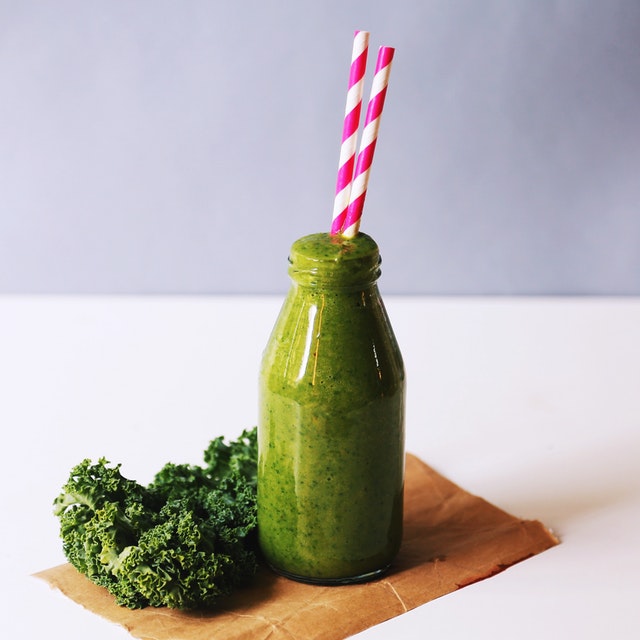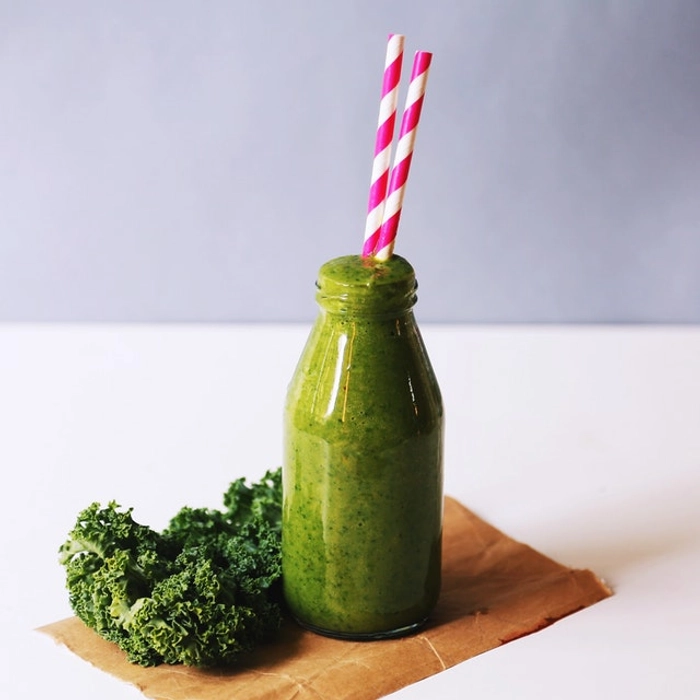More and more people are discovering the benefits of juicing vegetables and fruits. In fact, the ‘fad’, practised by the overzealous health-conscious community, has gained popularity among the masses. Juicing has proven its longevity, and is an essential element of a balanced diet.
Things to consider
Those new to juicing fruits and vegetables should take a few things into consideration beforehand, to ensure optimal benefits are received. Firstly, juicing mostly fruits is not advisable, especially if you suffer from high blood pressure or obesity. Fruits are naturally high in sugars, and although fructose is natural, it can make insulin levels spike. You are more likely to experience cravings, and weight gain as a consequence.
Your risk for type 2 diabetes will also increase, and your blood pressure can elevate to dangerous levels. To prevent such conditions from manifesting, you should adhere to the 90% vegetables, to 10% fruits rule. By juicing more vegetables, your body will receive pure micro-nutrients, vitamins and enzymes, without exacerbating any existing conditions, or causing new ones to develop.

Fruits contain fibre, which is found on the skin. When eating whole fruits, you ingest fibre, which supports digestion. This fibre essentially decelerates the sugar release, which prevents insulin spikes. However, fibre is removed from whole fruits, during the juicing process, which is why you should consume fruit juices in moderation.
Lemons and limes are the exceptions to the fruit rule, as they are significantly lower in sugar. Adding these to your juices can aid weight loss, cleansing and digestion. Lemons and limes are also great for your skin.
Select fresh organic produce
When juicing, be sure to select fresh, organic produce. Non-organic fruits and vegetables are grown with the aid of pesticides and harmful chemicals. Consuming juices made from conventional vegetables will expose your body to concentrated levels of toxins, which takes away from the nutritional benefits.
It’s also a good idea to get your vegetables and fruits from the farmers market. This way you’ll be purchasing seasonal and local produce, which has a much higher nutritional content than fruits and vegetables sold in supermarkets. The length of time supermarket produce spends in transit, and on shelves, greatly affects the levels of nutrition. This actually begins to deplete as soon as fruits and vegetables are picked.
Fruits and vegetables sold in supermarkets are harvested before they ripen. The ripening process occurs while in transit, and the produce loses much potency as a consequence. Seasonal fruits and vegetables are of higher quality, texture and taste, and you can enjoy sampling the varieties that each new season brings.
Get your 6 to 8 daily servings
If you’re not so keen on eating vegetables, you’ll benefit from juicing vegetables. Most nutritional experts agree that a healthy, balanced diet should consist of 6 to 8 servings per day. This can be a challenge, so juicing really helps. Cooking vegetables also deplete levels of nutrition. In fact, 95 percent of essential vitamins, minerals and enzymes are present in raw juices.
Kale, beetroot, carrots, cucumber and spinach are all excellent vegetables to juice. You can add extra flavour to your juices, while receiving even more nutritional and detoxifying benefits, by combining apples, ginger and lemons.

